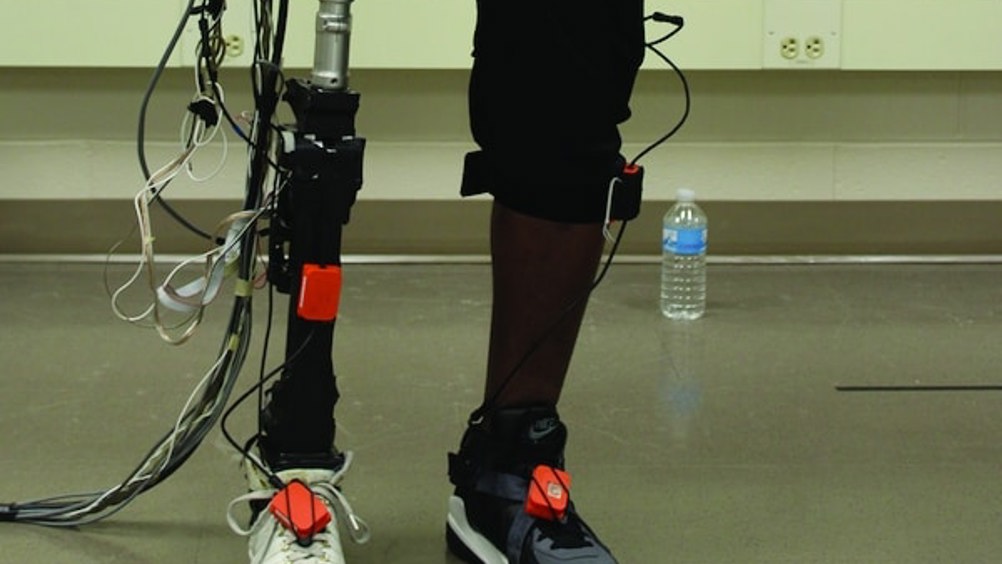Research aims for improvements in powered prosthetics
Powered lower limb prosthetics hold promise for improving the mobility of amputees, but errors in the technology may also cause some users to stumble or fall.

New research examines exactly what happens when these technologies fail, with the goal of developing a new generation of more robust powered prostheses.
‘My work has focused on developing technology that translates electrical signals in human muscle into signals that control powered prosthetic limbs – such as decoding muscle signals to tell a prosthetic leg that it needs to walk forward or step up onto a staircase,’ said Dr Helen Huang, senior author of a paper on the work and an associate professor in the joint biomedical engineering program at North Carolina State University and the University of North Carolina at Chapel Hill.
‘But sometimes this ‘decoding’ technology makes mistakes, such as thinking someone wants to climb a step when he doesn’t,’ said Fan Zhang, lead author of the paper and a Ph.D. student in the joint biomedical engineering program. ‘This is a problem, because we don’t want to put users at risk of stumbling or falling.’
Register now to continue reading
Thanks for visiting The Engineer. You’ve now reached your monthly limit of news stories. Register for free to unlock unlimited access to all of our news coverage, as well as premium content including opinion, in-depth features and special reports.
Benefits of registering
-
In-depth insights and coverage of key emerging trends
-
Unrestricted access to special reports throughout the year
-
Daily technology news delivered straight to your inbox










National Gas receives funding to develop Gravitricity underground hydrogen storage system
One single rock salt mine - Winsford - has 23 <i>MILLION </i>cubic metres of void and even allowing for 10% of that void set aside for hazardous waste...